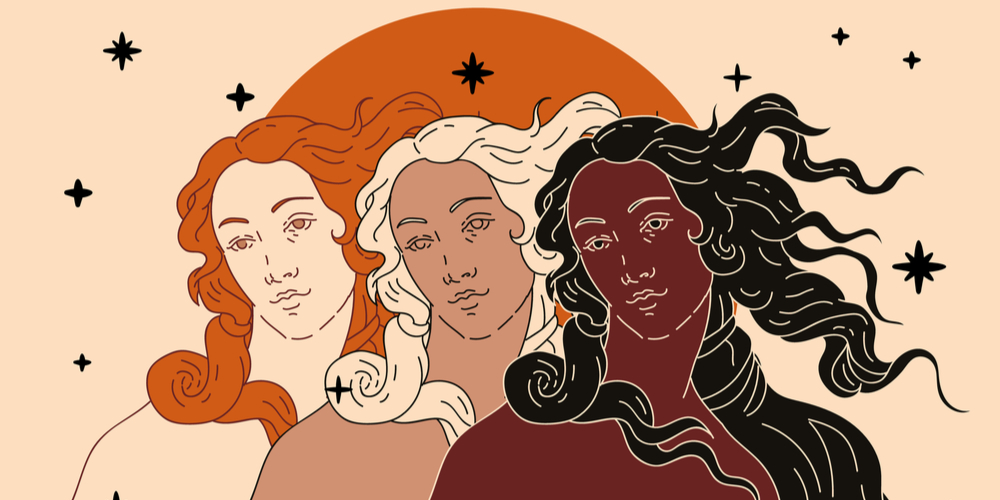
The role of the female has evolved enormously since medieval times; today it is commonplace for women to balance their work and home lives. Women today pursue a variety of different career paths which include jobs which were previously only fulfilled by men; these include jobs such as being a doctor, lawyer or politician for example.
Women’s employment in medieval times
Generally speaking, few women worked in medieval times although some did venture into the realms of writing, nursing, baking, spinning and weaving; many also worked alongside their husbands in the fields, although they did not gain any recognition for this work. Women received much less pay than men and often had to have several jobs to earn the same wage.
The principal role of women in medieval times was to care for their children and husband and look after the home; their chores often included doing housework, cooking and looking after their children. The role of a wife was very important and women were expected to tend to their husband’s needs at all times; the man, in turn, usually went out to work in order to earn the money needed to support the family.
Rights for women
Women did not have access to equal rights in medieval times like they do now. Women were not entitled to a political vote and were not able to choose whether or not to marry or have children. Women were also not generally able to work. Women did not generally have access to education; women who chose to become nuns were able to receive basic education in addition to their Christian devotion. Unmarried women who inherited large amounts of land from their fathers or ancestors generally had the same rights as men although they were forced to surrender their land to their husbands when they married.
Women’s appearance in medieval times
Generally, women’s fashions in the medieval era were fairly bland and non-descript; clothing usually involved draped fabrics, which were usually baggy and mundanely coloured. Across Europe, in France and Italy, women were becoming slightly more fashionable by starting to wear tighter fitting clothing and using more attractive fabrics. In the U.K women didn’t start to be fashion conscious until much later.
Women generally dressed in what their husband’s wanted them to wear, rather than what they liked themselves. There were of course medieval dentists of the sort, and there were even similar ideas in terms of oral hygiene products at the time, all of which will have had an effect on both men and women’s appearances at the time. Unmarried women commonly wore their hair down while married women wore their hair up and covered it with a cloth; this was a symbol of humility.
